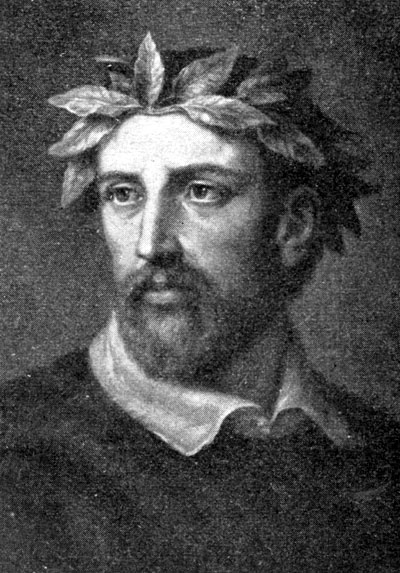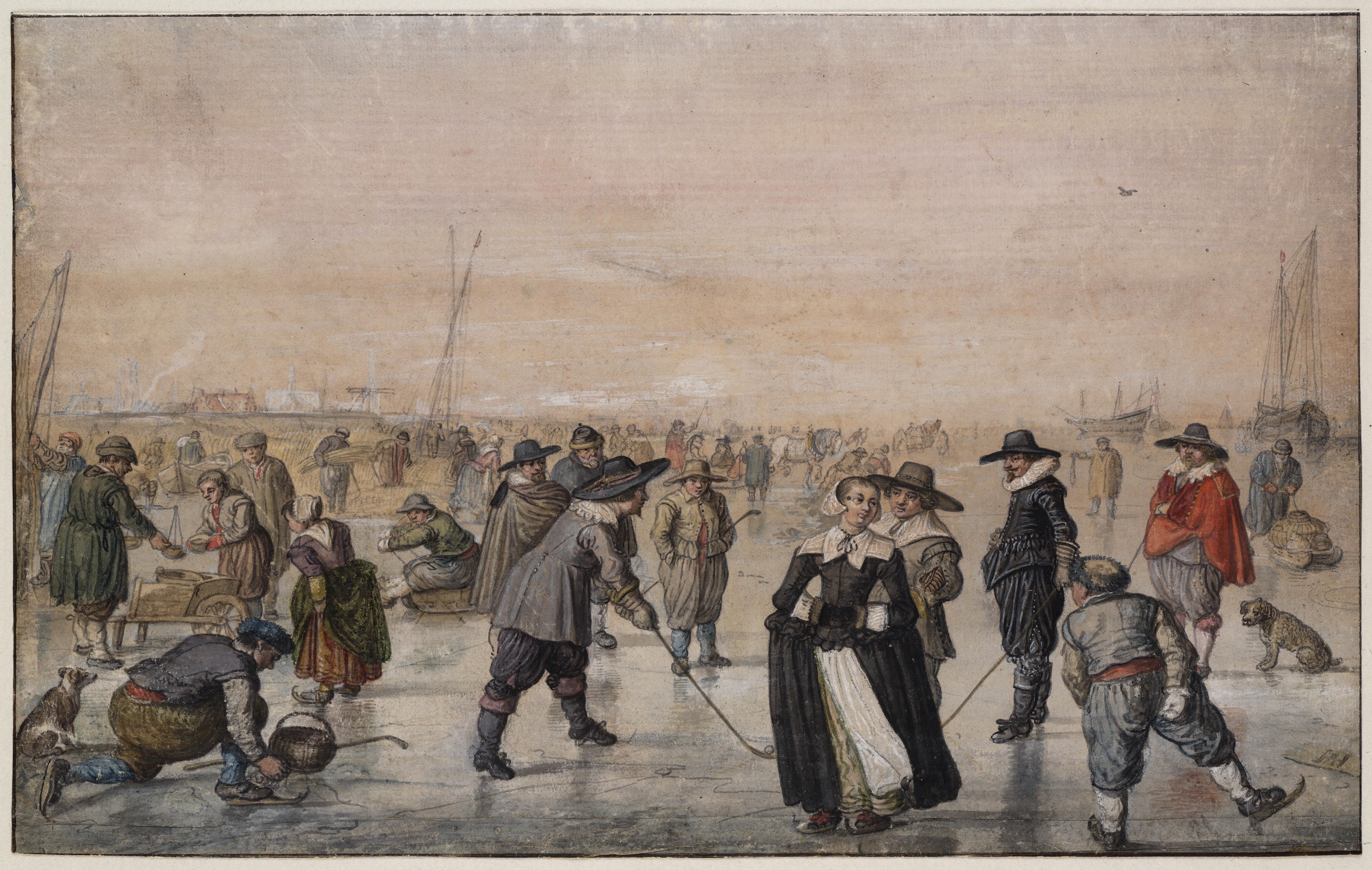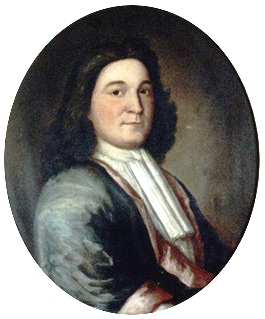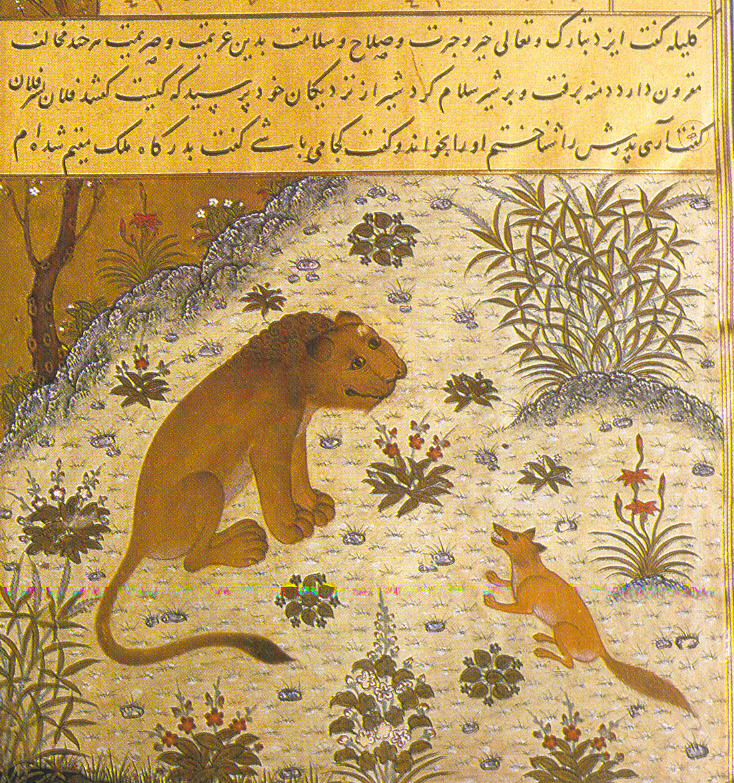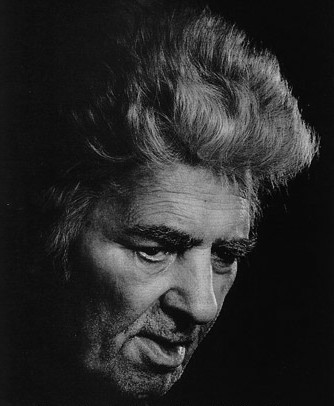|
Kalim Kashani
Kalim Kashani (1581/1585-1651) ( fa, کلیم کاشانی) was one of the leading Persians, Persian poets of the 17th century. Life He was born in Hamadan, but soon moved to Kashan, and this is the reason for his pen-name/association (nisba) Kashani. He studied at Kashan and Shiraz, before going to the Deccan in India. He then became friends with Shahnavaz Khan of Shiraz (d. 1611), a court official to Ibrahim Adil Shah II, the ruler of Bijapur, Karnataka, Bijapur. His first journey to India did not bring him the success he desired, and he was imprisoned for a while due to chargers of being a spy. In 1619 he returned to Iran, placing high hopes of Iranian patrons. however, he became nostalgic for India (which he was genuinely fond of) and returned in 1621. Until 1628 he was at Agra in the service of Mir Jomla of Shahrestan, who himself was a poet with the pen name of ''Ruh al-Amin''). He addresses Ruh al-Amin in several panegyrics. In 1628, due to some eulogies of Abu'l-Hasan Asaf Kh ... [...More Info...] [...Related Items...] OR: [Wikipedia] [Google] [Baidu] |
Persians
The Persians are an Iranian ethnic group who comprise over half of the population of Iran. They share a common cultural system and are native speakers of the Persian language as well as of the languages that are closely related to Persian. The ancient Persians were originally an ancient Iranian people who had migrated to the region of Persis (corresponding to the modern-day Iranian province of Fars) by the 9th century BCE. Together with their compatriot allies, they established and ruled some of the world's most powerful empires that are well-recognized for their massive cultural, political, and social influence, which covered much of the territory and population of the ancient world.. Throughout history, the Persian people have contributed greatly to art and science. Persian literature is one of the world's most prominent literary traditions. In contemporary terminology, people from Afghanistan, Tajikistan, and Uzbekistan who natively speak the Persian language are ... [...More Info...] [...Related Items...] OR: [Wikipedia] [Google] [Baidu] |
Poet Laureate
A poet laureate (plural: poets laureate) is a poet officially appointed by a government or conferring institution, typically expected to compose poems for special events and occasions. Albertino Mussato of Padua and Francesco Petrarca (Petrarch) of Arezzo were the first to be crowned poets laureate after the classical age, respectively in 1315 and 1342. In Britain, the term dates from the appointment of Bernard André by Henry VII of England. The royal office of Poet Laureate in England dates from the appointment of John Dryden in 1668. In modern times a poet laureate title may be conferred by an organization such as the Poetry Foundation, which designates a Young People's Poet Laureate, unconnected with the National Youth Poet Laureate and the United States Poet Laureate. The office is also popular with regional and community groups. Examples include the Pikes Peak Poet Laureate, which is designated by a "Presenting Partners" group from within the community, the Minnesota p ... [...More Info...] [...Related Items...] OR: [Wikipedia] [Google] [Baidu] |
17th-century Iranian Writers
The 17th century lasted from January 1, 1601 ( MDCI), to December 31, 1700 ( MDCC). It falls into the early modern period of Europe and in that continent (whose impact on the world was increasing) was characterized by the Baroque cultural movement, the latter part of the Spanish Golden Age, the Dutch Golden Age, the French ''Grand Siècle'' dominated by Louis XIV, the Scientific Revolution, the world's first public company and megacorporation known as the Dutch East India Company, and according to some historians, the General Crisis. From the mid-17th century, European politics were increasingly dominated by the Kingdom of France of Louis XIV, where royal power was solidified domestically in the civil war of the Fronde. The semi-feudal territorial French nobility was weakened and subjugated to the power of an absolute monarchy through the reinvention of the Palace of Versailles from a hunting lodge to a gilded prison, in which a greatly expanded royal court could be more easily ke ... [...More Info...] [...Related Items...] OR: [Wikipedia] [Google] [Baidu] |
1580s Births
Year 158 ( CLVIII) was a common year starting on Saturday (link will display the full calendar) of the Julian calendar. At the time, it was known as the Year of the Consulship of Tertullus and Sacerdos (or, less frequently, year 911 ''Ab urbe condita''). The denomination 158 for this year has been used since the early medieval period, when the Anno Domini calendar era became the prevalent method in Europe for naming years. Events By place Roman Empire * The earliest dated use of Sol Invictus, in a dedication from Rome. * A revolt against Roman rule in Dacia is crushed. China * Change of era name from ''Yongshou'' to ''Yangxi'' of the Chinese Han Dynasty. Births *Gaius Caesonius Macer Rufinianus, Roman politician (d. 237 Year 237 ( CCXXXVII) was a common year starting on Sunday (link will display the full calendar) of the Julian calendar. At the time, it was known as the Year of the Consulship of Perpetuus and Felix (or, less frequently, year 990 ''Ab urbe co ... [...More Info...] [...Related Items...] OR: [Wikipedia] [Google] [Baidu] |
1651 Deaths
Events January–March * January 1 – Charles II is crowned King of Scots at Scone ( his first crowning). * January 24 – Parliament of Boroa in Chile: Spanish and Mapuche authorities meet at Boroa, renewing the fragile peace established at the parliaments of Quillín, in 1641 and 1647. * February 22 – St. Peter's Flood: A first storm tide in the North Sea strikes the coast of Germany, drowning thousands. The island of Juist is split in half, and the western half of Buise is probably washed away. * March 4 – St. Peter's Flood: Another storm tide in the North Sea strikes the Netherlands, flooding Amsterdam. * March 6 – The town of Kajaani was founded by Count Per Brahe the Younger. * March 15 – Prince Aisin Gioro Fulin attains the age of 13 and becomes the Shunzhi Emperor of China, which had been governed by a regency since the death of his father Hong Taiji in 1643. * March 26 – The Spanish ship ''San José'', l ... [...More Info...] [...Related Items...] OR: [Wikipedia] [Google] [Baidu] |
17th-century Persian-language Poets
The 17th century lasted from January 1, 1601 ( MDCI), to December 31, 1700 ( MDCC). It falls into the early modern period of Europe and in that continent (whose impact on the world was increasing) was characterized by the Baroque cultural movement, the latter part of the Spanish Golden Age, the Dutch Golden Age, the French '' Grand Siècle'' dominated by Louis XIV, the Scientific Revolution, the world's first public company and megacorporation known as the Dutch East India Company, and according to some historians, the General Crisis. From the mid-17th century, European politics were increasingly dominated by the Kingdom of France of Louis XIV, where royal power was solidified domestically in the civil war of the Fronde. The semi-feudal territorial French nobility was weakened and subjugated to the power of an absolute monarchy through the reinvention of the Palace of Versailles from a hunting lodge to a gilded prison, in which a greatly expanded royal court could be mo ... [...More Info...] [...Related Items...] OR: [Wikipedia] [Google] [Baidu] |
16th-century Persian-language Poets
The 16th century begins with the Julian calendar, Julian year 1501 (Roman numerals, MDI) and ends with either the Julian or the Gregorian calendar, Gregorian year 1600 (Roman numerals, MDC) (depending on the reckoning used; the Gregorian calendar introduced a lapse of 10 days in October 1582). The 16th century is regarded by historians as the century which saw the rise of Western culture, Western civilization and the Gunpowder empires, Islamic gunpowder empires. The Renaissance in Italy and Europe saw the emergence of important artists, authors and scientists, and led to the foundation of important subjects which include accounting and political science. Copernicus proposed the Copernican heliocentrism, heliocentric universe, which was met with strong resistance, and Tycho Brahe refuted the theory of celestial spheres through observational measurement of the SN 1572, 1572 appearance of a Milky Way supernova. These events directly challenged the long-held notion of an immutable uni ... [...More Info...] [...Related Items...] OR: [Wikipedia] [Google] [Baidu] |
Persian Literature
Persian literature ( fa, ادبیات فارسی, Adabiyâte fârsi, ) comprises oral compositions and written texts in the Persian language and is one of the world's oldest literatures. It spans over two-and-a-half millennia. Its sources have been within Greater Iran including present-day Iran, Iraq, Afghanistan, the Caucasus, and Turkey, regions of Central Asia (such as Tajikistan) and South Asia where the Persian language has historically been either the native or official language. For example, Rumi, one of the best-loved Persian poets, born in Balkh (in modern-day Afghanistan) or Wakhsh (in modern-day Tajikistan), wrote in Persian and lived in Konya (in modern-day Turkey), at that time the capital of the Seljuks in Anatolia. The Ghaznavids conquered large territories in Central and South Asia and adopted Persian as their court language. There is thus Persian literature from Iran, Mesopotamia, Azerbaijan, the wider Caucasus, Turkey, Pakistan, Bangladesh, India, Tajik ... [...More Info...] [...Related Items...] OR: [Wikipedia] [Google] [Baidu] |
List Of Persian Poets And Authors
The list is not comprehensive, but is continuously being expanded and includes Persian writers and poets from Iran, Afghanistan, Azerbaijan, Bangladesh, India, Tajikistan, Uzbekistan, and Turkmenistan. This list is alphabetized by chronological order. Although a few authors in this list do not have their ethnic origin, nevertheless they have enriched Persian culture and civilization by their remarkable contributions to the rich Persian literature. The modern Persian speaker comprehends the literature of the earliest Persian poets including founder of the Persian poetry and literature Rudaki (approximately 1150 years ago) all the way down to the works of modern Persian poets. Some names that lived during the turn of a century appear twice. From the 7th to the 8th centuries * Abu'l-Abbas Marwazi 9th century * Rudaki (رودکی) * Muhammad al-Bukhari Persian Islamic Scholar, (810 - 870) * Mansur Al-Hallaj (منصور حلاج) * Shahid Balkhi (ابوالحسن شهيدبن ... [...More Info...] [...Related Items...] OR: [Wikipedia] [Google] [Baidu] |
Ghazals
The ''ghazal'' ( ar, غَزَل, bn, গজল, Hindi-Urdu: /, fa, غزل, az, qəzəl, tr, gazel, tm, gazal, uz, gʻazal, gu, ગઝલ) is a form of amatory poem or ode, originating in Arabic poetry. A ghazal may be understood as a poetic expression of both the pain of loss or separation and the beauty of love in spite of that pain. The ghazal form is ancient, tracing its origins to 7th-century Arabic poetry. The ghazal spread into South Asia in the 12th century due to the influence of Sufi mystics and the courts of the new Islamic Sultanate, and is now most prominently a form of poetry of many languages of the Indian subcontinent and Turkey. A ghazal commonly consists of five to fifteen couplets, which are independent, but are linked – abstractly, in their theme; and more strictly in their poetic form. The structural requirements of the ghazal are similar in stringency to those of the Petrarchan sonnet. In style and content, due to its highly allusive nature, ... [...More Info...] [...Related Items...] OR: [Wikipedia] [Google] [Baidu] |
Mohammad Qahraman
Mohammad Qahramān (Persian: محمد قهرمان, sometimes romanized as Mohammad Ghahraman or Ghahreman; born 1 July 1929, died 18 May 2013) was a Persian-language poet, scholar, and editor from Khorasan. Biography Qahraman was born in the village of Amirabad, eight kilometers south of Torbat-e Heydarieh. He is a descendant of Mohammad Khan Qaraei-Torbati. Qahraman's mother died when he was five years old, and at age sixteen he lost his father as well; he was subsequently raised by his older sister. He was a high school classmate of Mehdi Akhavan-Sales in Mashhad, and continued to maintain a friendship with him after Qahraman moved to Tehran and continued his education at Alborz High School, where he studied literature. Qahraman went on to study judicial studies in the Faculty of Law at the University of Tehran. However, he never pursued work in the legal field, concentrating instead on poetry. He wrote ghazals and was particularly inclined towards the so-called "Indian S ... [...More Info...] [...Related Items...] OR: [Wikipedia] [Google] [Baidu] |
Shah Jahan
Shihab-ud-Din Muhammad Khurram (5 January 1592 – 22 January 1666), better known by his regnal name Shah Jahan I (; ), was the fifth emperor of the Mughal Empire, reigning from January 1628 until July 1658. Under his emperorship, the Mughals reached the peak of their architectural achievements and cultural glory. The third son of Jahangir (), Shah Jahan participated in the military campaigns against the Rajputs of Mewar and the Lodis of Deccan. After Jahangir's death in October 1627, Shah Jahan defeated his youngest brother Shahryar Mirza and crowned himself emperor in the Agra Fort. In addition to Shahryar, Shah Jahan executed most of his rival claimants to the throne. He commissioned many monuments, including the Red Fort, Shah Jahan Mosque and the Taj Mahal, where his favorite wife Mumtaz Mahal is entombed. In foreign affairs, Shah Jahan presided over the aggressive campaigns against the Deccan Sultanates, the conflicts with the Portuguese, and the wars with ... [...More Info...] [...Related Items...] OR: [Wikipedia] [Google] [Baidu] |

